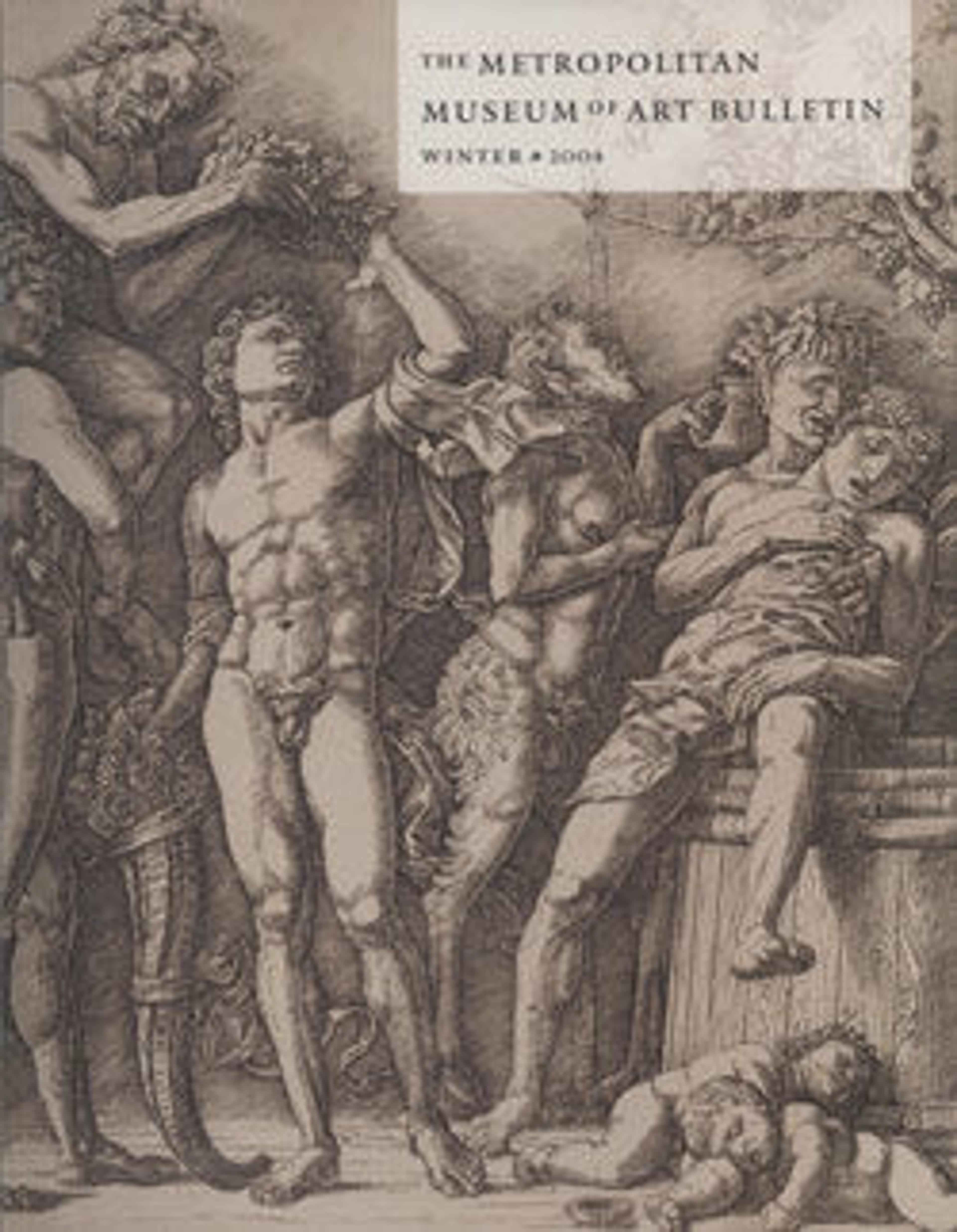The Garden of Venus who reclines in the centre before a term of Pan and surrounded by cupids
It was especially for his skill as a draftsman and printmaker that the rather tragic figure of Pietro Testa became known. Before his early death at the age of thirty-eight, he spent most of his career in Rome, where he worked in the studios of Domenichino (1581-1641) and Pietro da Cortona (1596-1669) and associated with artists and scholars who, like him, were especially interested in the Classical tradition. In the Garden of Venus, Testa drew inspiration from the paintings of Nicolas Poussin and Titian's Worship of Venus (1518-19; Museo del Prado, Madrid), populated by an equally large throng of amorini and itself based on a description of an ancient painting in the Imagines by the Greek writer Philostratus the Elder (born ca. a.d. 190). Testa's etchings were admired as much for their skillful technique as their brilliant invention. In this impressive print, remarkable effects of space, texture, and shimmering light are achieved through rapid, energetic lines and the use of selective plate tone and multiple biting.
Artwork Details
- Title:The Garden of Venus who reclines in the centre before a term of Pan and surrounded by cupids
- Artist:Pietro Testa (Italian, Lucca 1612–1650 Rome)
- Date:ca. 1631–37
- Medium:Etching
- Dimensions:Image: 13 1/2 x 16 5/16 in. (34.3 x 41.5 cm)
Sheet: 13 3/4 x 16 11/16 in. (35 x 42.4 cm) - Classification:Prints
- Credit Line:Harris Brisbane Dick Fund, 1926
- Object Number:26.70.3(44)
- Curatorial Department: Drawings and Prints
More Artwork
Research Resources
The Met provides unparalleled resources for research and welcomes an international community of students and scholars. The Met's Open Access API is where creators and researchers can connect to the The Met collection. Open Access data and public domain images are available for unrestricted commercial and noncommercial use without permission or fee.
To request images under copyright and other restrictions, please use this Image Request form.
Feedback
We continue to research and examine historical and cultural context for objects in The Met collection. If you have comments or questions about this object record, please contact us using the form below. The Museum looks forward to receiving your comments.
